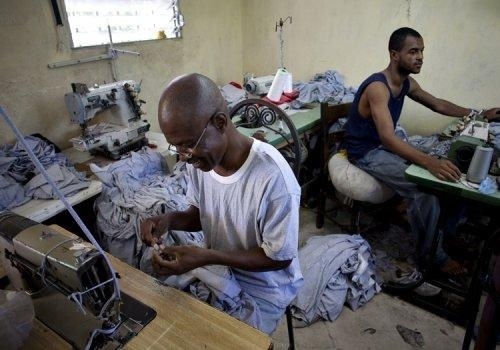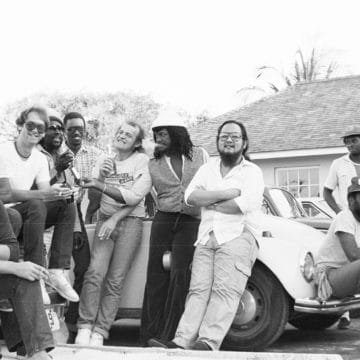Haiti’s Apparel Exports to United States Increase “Substantially”: Report
Above: an atelier in Haiti
By the Caribbean Journal staff
Exports of apparel from Haiti to the United States under a government allowance programme have increased “substantially” since 2011, according to a report from the US Government Accountability Office.
The exports come under the Haiti Earned Import Allowance Programme, which was created under the second HOPE (Haitian Hemispheric Opportunity through Partnership Encouragement) Act in 2008, aiming to aid Haiti’s apparel industry and encourage the use of US-manufactured inputs.
The provision established that “for every three-square-metre equivalent (SME) of qualifying fabric a firm imports to Haiti, the firm would be allowed to earn a credit to export 1 SME of apparel produced in Haiti to the US, duty free, regardless of the source of the fabric.”
According to the GAO, the number of credits redeemed by account holders increased to 25 million SMEs in 2012 from 6 million in 2011, with exports of Haitian apparel to the US growing faster than non-EIAP exports.
Last year, approximately $350,000 in Haitian apparel was exported to the US under EIAP from January through August of 2011, about 0.07 percent of all Haitian apparel exported to the US in the period.
In the period from January to August of this year, however, almost $18 million in Haitian apparel was exported under EIAP, or 4 percent of Haitian apparel exported to the US.
The data came from the Department of Commerce’s Office of Textiles and Apparel, which manages the EIAP.
The GAO said increased use of the programme “may be due to the growing awareness of companies already producing apparel in Haiti that their ongoing trade activities may qualify for additional benefits under EIAP.”
Despite the increases, only a few companies have established accounts under EIAP, the GAO said, with five EIAP accounts opened with the Department of Commerce.
In January 2010, the act was expanded to change the exchange ration from 3-to-1 to 2-to-1, since no apparel from Haiti had been exported to the US under the original model.
In the 1980s, Haiti had what the GAO called a “well-established” garment assembly industry that employed over 100,000 people. Political struggles and global economic forces “nearly decimated the industry,” however.
Over the past decade, Haiti’s apparel sector has begun increasing “steadily,” the agency said, largely restoring itself after struggling due to the earthquake.







